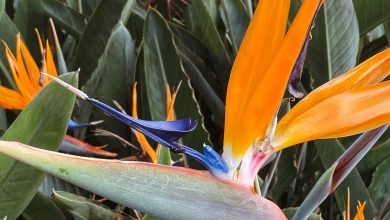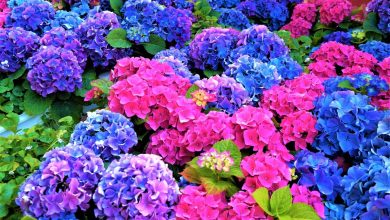Cineraria or pericallis care
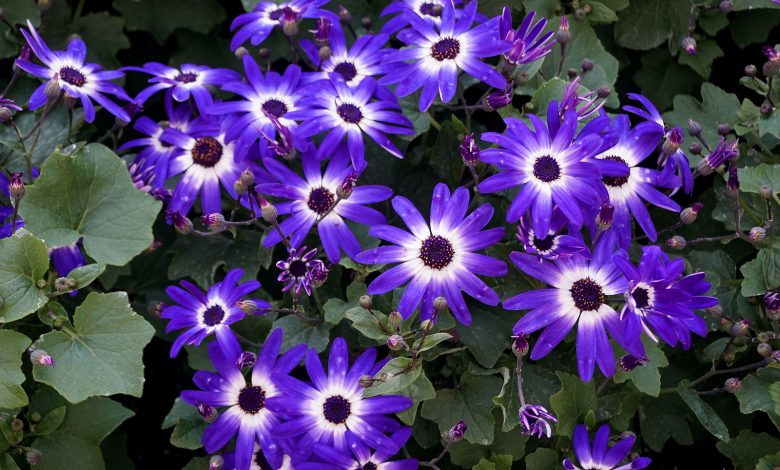
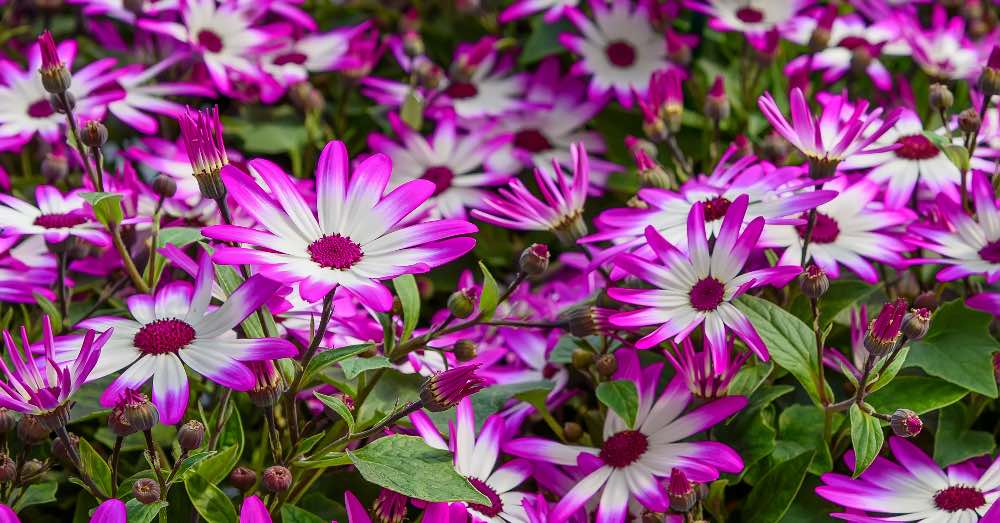
It is one of those plants that are as striking as they are spectacular and that, curiously, we do not usually know how to identify. Despite its apparent similarity to the daisy, the care of the cineraria is substantially different. While the first is an outdoor plant that we can well describe as rustic, the cineraria not only demands to live inside our house. In addition, it is much more demanding in its needs to display its characteristic floral display.
Its flowers are precisely the greatest attraction of this plant. And not only because it has a range of colors as disparate as fuchsia, lilac or indigo. In addition to this, complying with the care of the cineraria is synonymous with being able to enjoy its flowers for between four and six weeks. As if this were not enough, there is something else that makes cineraria even more attractive: depending on the variety, it can flower from December to May. An authentic gift of nature that will fill the interior of any house with life and joy.
So let’s see what this plant needs to display those flowers that we so long to enjoy. Some that leave no one indifferent, and that are undoubtedly the main attraction of this plant.
6 ESSENTIAL CINERARIA CARE
Before seeing in detail the care of the cineraria, it is worth knowing a little more about it. We are talking about a plant that is native to the Canary Islands. An origin that, already in itself, gives us clues about some of its needs for light and temperature. It is precisely because of these two requirements that it is grown in a large part of our country as part of our indoor plants.
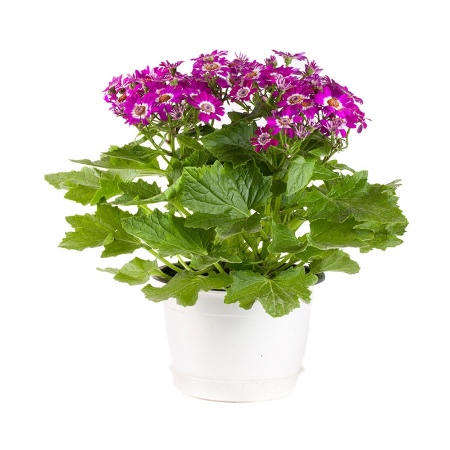
Despite this, we can also enjoy it outdoors knowing very well what its needs are. If we decide to include it among our outdoor plants, we will have to consider it as an annual plant. With the arrival of the cold months, it will be essential that we take precautions to prevent the drop in temperatures from ending it. What’s more: if our desire is to extend the life of the plant from one year to the next, it is advisable to bring it indoors in the winter months.
Apart from these two considerations, let’s see what the care of the cineraria is. Some that will not only guarantee the good health of the plant but will also promote the much-desired flowering.
1. Light in abundance and indirect, the starting point
We could think that, being a plant from a semi-tropical climate, it needs direct light to live. And no: in fact, if you expose it to full sun, it is more than likely that its leaves will burn and drop the flower buds.
In order to evolve normally, the cineraria needs a good dose of light, but always of an indirect nature. So although it seems like a good idea to us, if we grow it indoors, nothing to place it next to a window.
2. A cool and sheltered location, one of the most important care for cineraria
Once again, the cineraria is called to surprise us. And it is that for it to prosper correctly and for its flowering to fulfill that promise of lasting, it is essential that it be in a cool and well-ventilated space. Only in an environment that meets these characteristics can it grow normally.
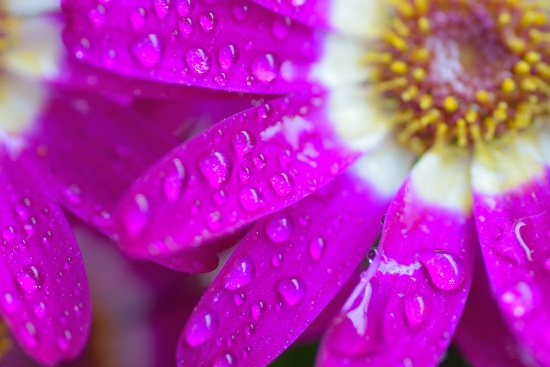
3. Stable temperatures, another fundamental
Far from the idea that we may have, the cineraria does not need high temperatures. Quite the contrary. Its ideal environment is between 15 and 20 degrees. What’s more: prolonging its flowering means that our plant is in a cooler space than a warm one, so if it is in flower it is better to keep it at 15. Regarding the minimum temperature, we cannot lose sight of the fact that it is a chilly plant. We can never have it below seven degrees.
As important as knowing this range of degrees is to take into account other details. In order for our cineraria to prosper correctly, we will have to keep it away from cold currents, frost or artificial sources of heat.
4. Regular irrigation, key to its development
Very important. So much so that we can well say that, of the care of the cineraria, it is one of the most important. It is one of those plants that does not tolerate a lack of water. Forgetting to water it can wither its leaves and, if it is with flower buds, it will make our plant throw them away.
More than talking about a specific irrigation guideline, let’s talk about what your need is. The cineraria needs to have the substratum slightly moist constantly. But beware: let’s not confuse this with flooding it. Doesn’t take excess water well.
5. Subscriber in flowering time, a task not to forget
The cineraria is extremely generous in its flowers. However, for any plant to flourish properly, it needs nutrients to be able to afford the energy expenditure involved.
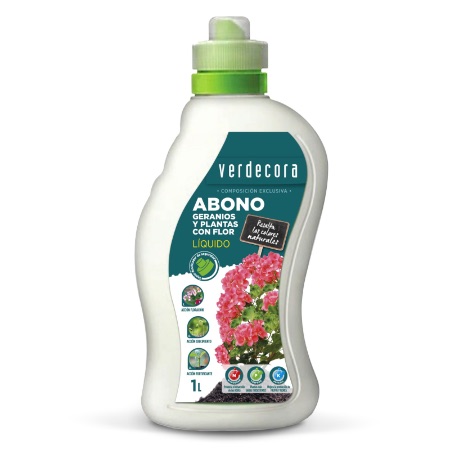
For our cineraria to bloom happily, it is essential that we pay it every two weeks during the flowering season.
6. Control pests, the last of the cineraria care that we will have to monitor
It is the last of the care of the cineraria that we will have to contemplate. Because in the same way that humans find it irresistible, something similar happens to insects. Or rather, to two insects: the aphid and the whitefly.
If, in general terms, eliminating garden or plant pests is essential, it is no less so in the case of cineraria. If we detect the presence of any of these annoying visitors, we will have to eradicate them as soon as possible using a specific insecticide.
And since you know the care of the cineraria, do you dare to have it among your plants?

![Photo of Cactus Cuttings: [Concept, Period, Rooting and Planting]](https://www.complete-gardening.com/wp-content/uploads/2022/08/cactus-cuttings-concept-period-rooting-and-planting-390x220.jpg)
![Photo of White Flowers: [Complete List of 16 Plants + Images]](https://www.complete-gardening.com/wp-content/uploads/2022/08/white-flowers-complete-list-of-16-plants-images-390x220.jpg)
